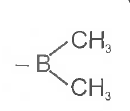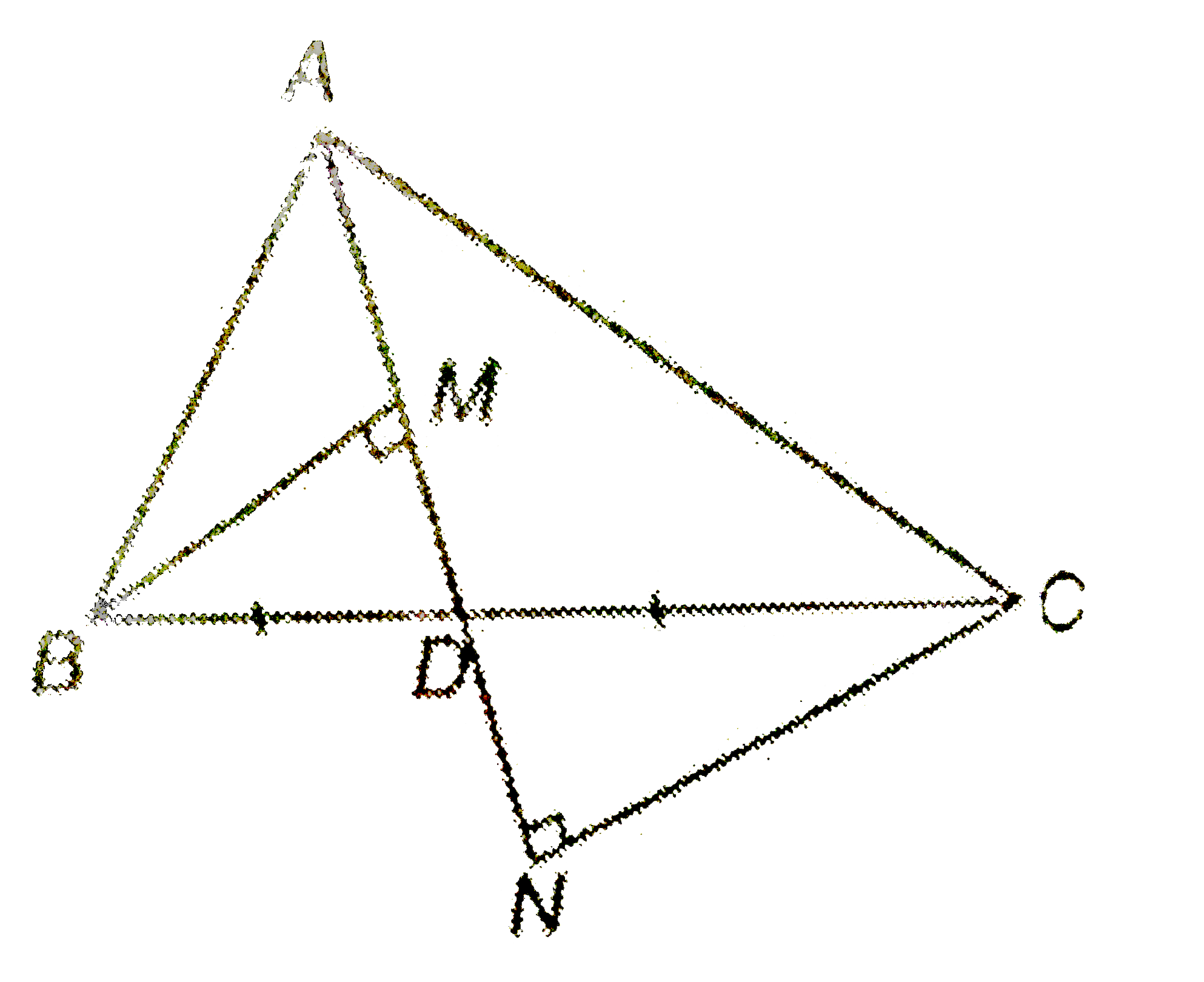A group of neurons in PNS, CNS respectively are
nuclei, ganglion
ganglion, nucleus
connectives, commissures
commissures, connectives
The correct Answer is:B
To answer the question regarding the terminology used for a group of neurons in the Peripheral Nervous System (PNS) and Central Nervous System (CNS), we can follow these steps:
1. Understanding the Terms:
- The PNS stands for Peripheral Nervous System, which includes all the nerves outside the brain and spinal cord.
- The CNS stands for Central Nervous System, which comprises the brain and spinal cord.
2. Identifying Groups of Neurons:
- In the PNS, a group of neurons is referred to as a ganglion. This is a cluster of nerve cell bodies.
- In the CNS, a group of neurons is called a nucleus. This refers to a collection of neuronal cell bodies within the brain or spinal cord.
3. Conclusion:
- Therefore, the answer to the question is:
- In the PNS, a group of neurons is called a ganglion.
- In the CNS, a group of neurons is called a nucleus.
Final Answer:
- PNS: Ganglion
- CNS: Nucleus
---
- The PNS stands for Peripheral Nervous System, which includes all the nerves outside the brain and spinal cord.
- The CNS stands for Central Nervous System, which comprises the brain and spinal cord.
- In the PNS, a group of neurons is referred to as a ganglion. This is a cluster of nerve cell bodies.
- In the CNS, a group of neurons is called a nucleus. This refers to a collection of neuronal cell bodies within the brain or spinal cord.
- Therefore, the answer to the question is:
- In the PNS, a group of neurons is called a ganglion.
- In the CNS, a group of neurons is called a nucleus.
- PNS: Ganglion
- CNS: Nucleus
Topper's Solved these Questions
- STRUCTURAL ORGANISATION IN ANIMALSBOOK - AAKASH SERIESCHAPTER - STRUCTURAL ORGANISATION IN ANIMALSEXERCISE - EXERCISE-I (ORGAN AND ORGAN SYSTEM)
4 Videos
- STRUCTURAL ORGANISATION IN ANIMALSBOOK - AAKASH SERIESCHAPTER - STRUCTURAL ORGANISATION IN ANIMALSEXERCISE - EXERCISE-I (EARTHWORM - EXTERNAL CHARACTERS)
17 Videos
- STRUCTURAL ORGANISATION IN ANIMALSBOOK - AAKASH SERIESCHAPTER - STRUCTURAL ORGANISATION IN ANIMALSEXERCISE - EXERCISE-I (CONNECTIVE TISSUE)
111 Videos
- STRATEGIES FOR ENHENCEMENT IN FOOD PRODUCTIONBOOK - AAKASH SERIESCHAPTER - STRATEGIES FOR ENHENCEMENT IN FOOD PRODUCTIONEXERCISE - EXERCISE-III
68 Videos
- THE LIVING WORLD BOOK - AAKASH SERIESCHAPTER - THE LIVING WORLD EXERCISE - EXERCISE-III (Previous AIPMT/NEET Questions)
12 Videos
Similar Questions
Knowledge Check
Neurons is sponges are
AunipolarBbipolarCmultipolarDabsent
A bipolar neuron has
View SolutionThe elements of which group are the biggest in size in respective periods?
View SolutionThe elements of which group are the most electropositive in respective periods?
View SolutionThe mesomeric effects of the groups
 ,
,
respectively is
View SolutionIn the adjoining figure, D is the mid-point of BC. If BM and CN are perpendiculars from B and C respectively on AD and AD produced, then prove that BM = CN.

View SolutionTurnbull's blue and prussian's blue respectively are KFeII[FeIII(CN)6] and KFeII(Fe11(CN)6]. True or False?
View SolutionSensory neurons of retina of eye are
View Solution
